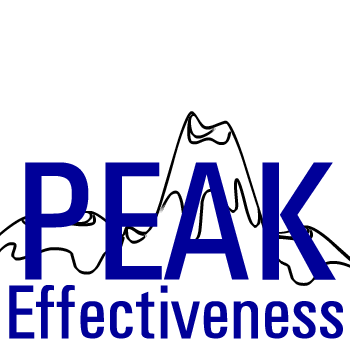






|
|
|
|
|
|
Get Engaged – At
Work and In Life!
Partial Budget Analysis
Many actions you consider can have many interacting effects on the company. To enable planners to more thoroughly evaluate an action before they commit the plan to action, they use a technique called "partial budgeting". Partial budgeting involves identifying all of the impacts on profitability, both direct and indirect, that you can.
To aid in your thought process, look at the following areas:
- Increases in revenue
- Decreases in revenue
- Increases in costs
- Decreases in costs
The key is to only evaluate the changes made in each element by the action. Cost accountants will "allocate" some of the fixed expenses to each item produced to calculate a "cost of goods sold". In partial budgeting, you do not include any of the fixed costs that do not change. You only include those things that do change.
This is important because when looked at this way, on a margin cost - margin benefit basis, there are many actions that you can take that will very quickly improve the bottom line that accountants with the green eye shades might reject without much thought. This is one of the keys to why the thought processes espoused in the Theory of Constraints body of knowledge are so powerful, and so often overlooked.
"Its not what something costs you, its what it makes you - net," says my friend, successful businessman and King Aire turboprop pilot extraordinaire Wayne Riser. If the company board of directors, owners and managers look strictly at "cutting costs to the bone" or "running a tight ship", they may easily overlook revenue enhancing measures that may way more than make up for the increased costs. Training programs are one area the immediately comes to mind.
Also, the focus on Enterprise Resource Planning ("ERP") tends to look only at the cost savings side of the equation. The software manufacturers and companies consulting in Customer Relations Management ("CRM") look more at the revenue enhancing side. Both are important, and where to put your emphasis depends on how good or sloppy you are in each end of management, and how much room for improvement remains in each area.
If your inventory and supply management is already very efficient, focusing on that end may cause the Law of Diminishing Returns to make the marginal benefits of even more stringent effort to be small in relation to the additional or marginal cost of those benefits.
While the Law of Diminishing Returns may have been repealed in the area of marketing of intellectual property such as software, and in adoption of new technology that has greater value the larger the community of users there is, such as for fax machines or email, it still rules in many circumstances. A very useful set of tools to help you direct your efforts where those efforts will do the most good is those espoused by the Theory of Constraints movement.
Along this same vein of thought, you can see that the "re-engineering" movement was primarily focused on reducing cost - how can a process or combination of tasks be completed with the minimum amount of steps, cost and time. The Total Quality Management efforts aimed more at improving sales by capturing more customers by more fully satisfying them, and being able to capture higher prices because of that. TQM had an interesting side benefit as many companies found that building quality in was often cheaper than sorting poor quality out.
The Theory of Constraints is more of an overall point of view, aimed directly at the bottom line. It focuses on identifying the bottlenecks in any system that are holding improvements from occurring, subordinating everything else to alleviating the bottleneck, and through numerous iterations of this identification and elimination process, maximizing the output of the system. The specific analytical tools learned in the TQM or re-engineering efforts, or any other discipline for that matter, are used to analyze the system and cure the problems.